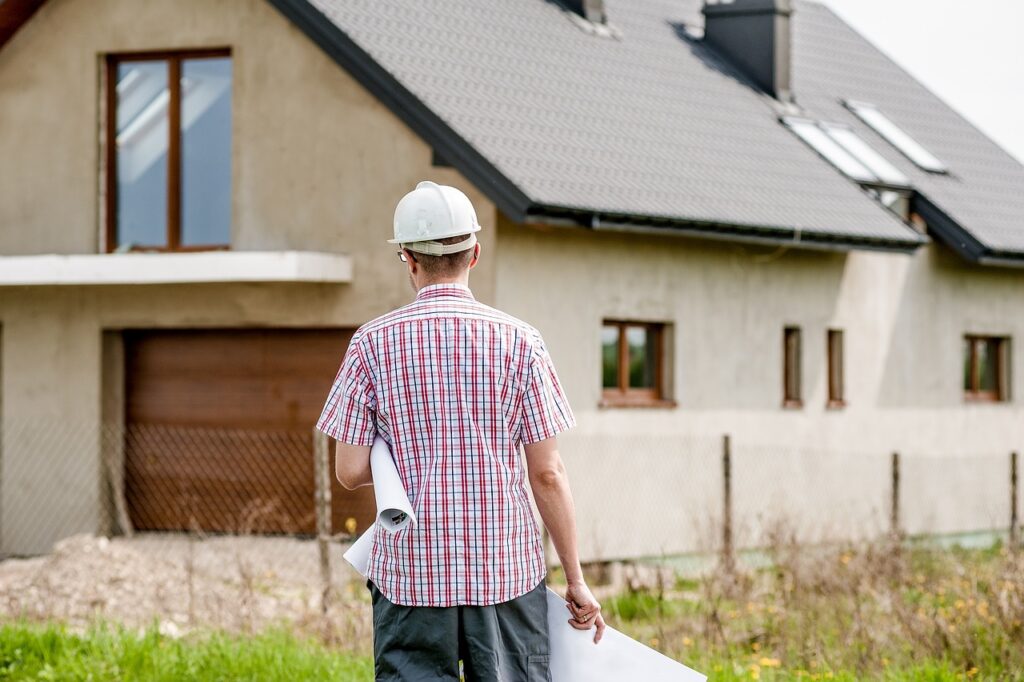Dealing with mold in your home can be a daunting task, but it’s crucial for maintaining a healthy living environment. Mold not only damages your property but can also pose serious health risks, especially for those with allergies or respiratory issues.
This guide offers a comprehensive step-by-step approach to effectively tackle mold remediation, ensuring your home stays safe and mold-free. Understanding the nature of mold, the conditions it thrives in, and how to safely remove it are key to a successful remediation process.
1. Identify the Mold Source
Identifying the source of moisture is critical in tackling mold growth. Inspect your home for common culprits like leaky roofs, pipes, windows, or areas with poor ventilation. Look for signs such as water stains, peeling paint, or warped materials. Once you’ve identified the source, it’s essential to address these issues promptly. Repair leaks, improve ventilation, or adjust humidity levels to create an environment that’s less hospitable for mold.
2. Safety First
Your safety should be the top priority when dealing with mold. Exposure to mold spores can cause health issues, particularly for those with allergies or asthma. Wear protective clothing that covers your skin, use N-95 masks to filter out spores, and wear goggles to protect your eyes. Ensure the space is well-ventilated while you work. If the infestation is extensive, consider hiring professionals who have the appropriate equipment and training.
3. Isolate the Affected Area
Isolating the affected area is a fundamental aspect of effective mold remediation. This step is essential to prevent the spread of mold spores to other parts of your home during the cleanup process. Use heavy-duty plastic sheets to seal the area, especially if dealing with a significant mold infestation. Covering vents, doorways, and other openings with these sheets ensures that the mold spores remain contained within the isolated area. This containment strategy is a standard practice in professional mold remediation because it protects the rest of the house from cross-contamination. Proper isolation not only makes the mold removal process more efficient but also significantly reduces the risk of mold spores dispersing and taking root in other areas of your home, ensuring a more thorough and effective remediation process.
4. Dry Out the Area
Moisture is mold’s best friend. Use dehumidifiers and fans to remove excess moisture from the air and affected surfaces. Be thorough and patient; drying the area completely may take longer than expected. Check hidden areas like under carpets or behind wall coverings to ensure they are completely dry. Remember, if the area remains damp, mold can quickly return.
5. Remove Moldy Materials
Carefully remove and discard porous materials like drywall, insulation, and carpeting that have mold growth. These materials can harbor mold deep within, making it difficult to clean them effectively. Be cautious when moving these materials to avoid dispersing mold spores. Seal them in plastic bags before moving them through your home.
6. Clean and Disinfect
Cleaning and disinfecting non-porous surfaces is crucial in eradicating mold. Use a stiff brush to scrub the affected areas with a mold-killing solution. Ventilation during this process is key to avoiding inhaling harmful fumes. After cleaning, rinse the surfaces with clean water and allow them to dry completely.
7. Thoroughly Dry the Area Again
Even after cleaning, lingering moisture can lead to mold resurgence. Ensure that the cleaned area is completely dry before proceeding to repairs. This might involve using dehumidifiers and fans for several days. Regularly check the moisture levels with a moisture meter to ensure the area is adequately dried.
8. Repair and Replace Damaged Materials
After the cleaning and drying process, it’s time to repair or replace materials that were damaged by mold or during the remediation process. This may include installing new drywall, insulation, or flooring. Ensure all new materials are dry and mold-free before installation to prevent future mold problems.
9. Inspect and Test for Mold
After completing the mold remediation process, it’s crucial to conduct a comprehensive inspection to verify the complete removal of mold. Check for any visible signs of mold or lingering moisture in the treated areas. Considering the complexity of mold growth, you may also consider engaging a professional for mold testing. This step is essential for confirming that the mold has indeed been fully eliminated, reassuring you, and ensuring the health and safety of your home environment.
10. Prevent Future Mold Growth
Long-term prevention is key to keeping your home mold-free. Regularly inspect your home for potential moisture issues. Use dehumidifiers in damp areas, ensure proper ventilation, especially in bathrooms and kitchens, and promptly address any water leaks. Regular cleaning and maintenance can also prevent mold from taking hold.
Conclusion
Effective mold remediation in your home requires a thoughtful and systematic approach. Each step, from identifying the source of mold to preventing future growth, plays a crucial role in ensuring a safe and healthy living environment. Remember, while some mold issues can be addressed with DIY methods, don’t hesitate to seek professional help when faced with large or complex infestations.
Your health and safety are paramount. By diligently following these steps and maintaining vigilance against moisture and leaks, you can protect your home and loved ones from the risks associated with mold. Mold remediation might seem challenging, but with the right approach and precautions, it’s a manageable task that safeguards the well-being of your household.






